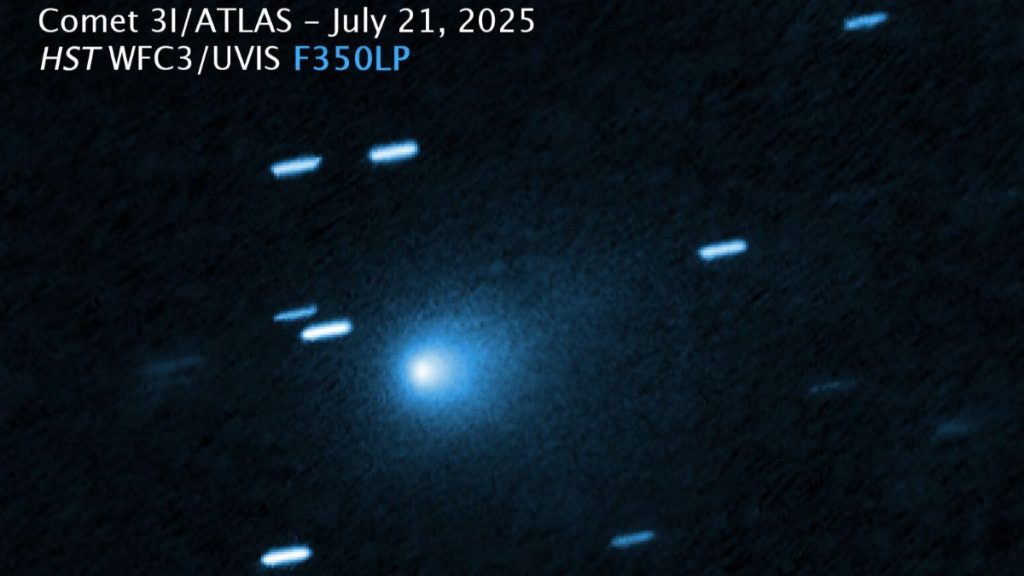This makes it not just rare, but the biggest interstellar object we’ve ever had the chance to observe, offering a unique opportunity for scientists.
Others are reading now
Astronomers have confirmed the discovery of 3I/ATLAS, also known as comet C/2025 N1 (ATLAS), only the third known interstellar object to pass through our solar system.
Detected on July 1, 2025, by the ATLAS telescope in Chile, this rare cosmic visitor has sparked excitement across the astronomy community. Here’s everything we know so far.
It’s Definitely Interstellar — Here’s How We Know
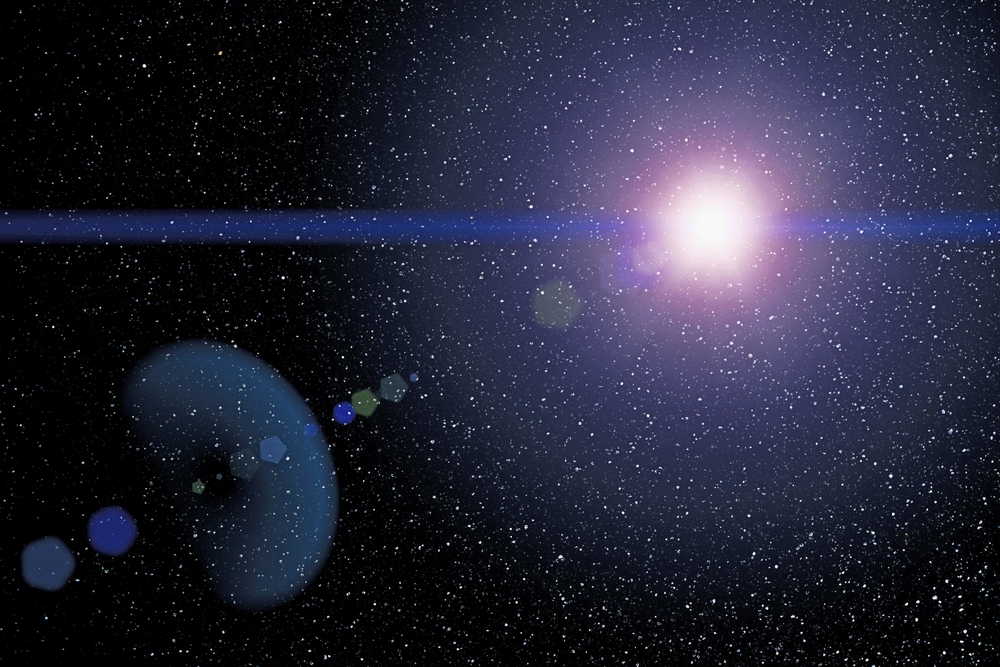
The orbit of 3I/ATLAS is highly hyperbolic, with an eccentricity of 6.2, far exceeding the value of 1, which marks the cutoff for objects that orbit the sun.
That means 3I/ATLAS is not from our solar system and won’t return. For context, 1I/ʻOumuamua had an eccentricity of 1.2, while 2I/Borisov’s was 3.6. This one is on an unmistakably one-way journey.
It’s the Largest Interstellar Object Yet
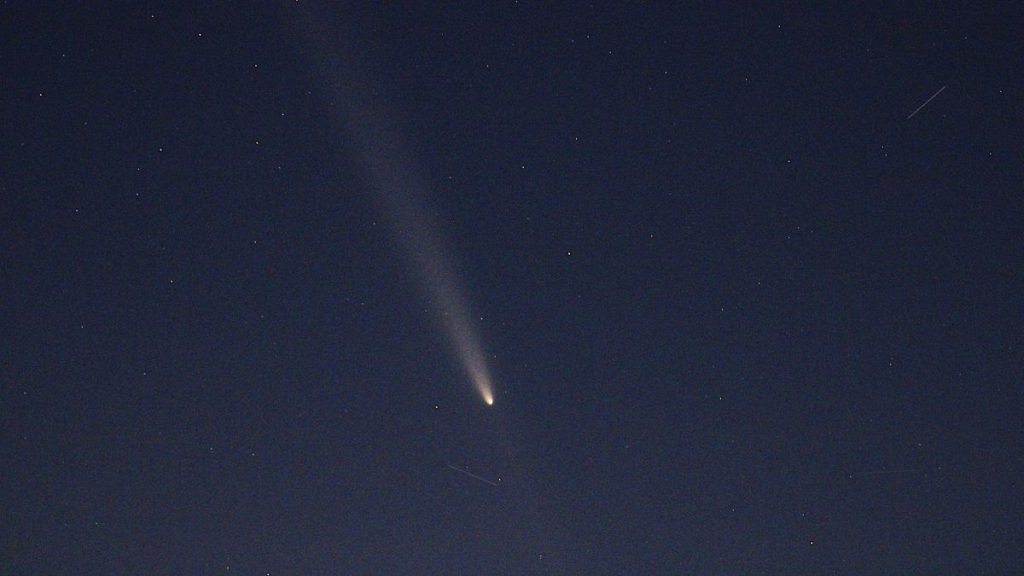
Size sets 3I/ATLAS apart. Current estimates suggest it’s 9 to 12 miles (15 to 20 km) wide, far bigger than ʻOumuamua (about 330 feet) and Borisov (less than a mile).
Also read
This makes it not just rare, but the biggest interstellar object we’ve ever had the chance to observe, offering a unique opportunity for scientists.
3I/ATLAS Is a Comet, Not Just a Rock
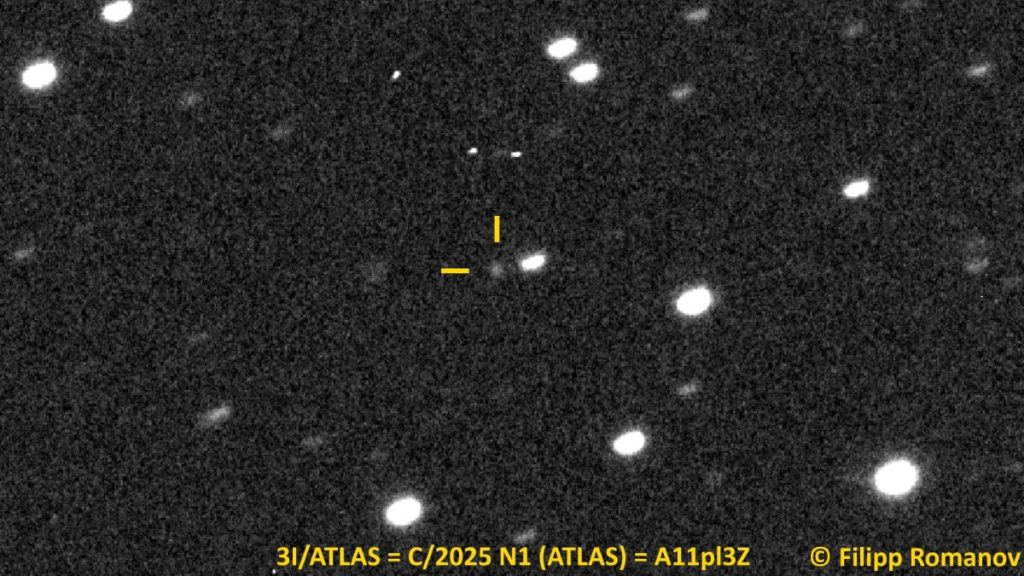
Shortly after its discovery, astronomers spotted a coma and tail, classifying it as a comet. That’s why it carries the dual name C/2025 N1 (ATLAS).
Unlike the mysterious ʻOumuamua, which sparked alien spacecraft theories, 3I/ATLAS shows clear comet behavior, much like 2I/Borisov.
It’s No Threat to Earth

Despite its dramatic arrival, 3I/ATLAS will not come close enough to pose any danger. Its nearest point to Earth will be on December 19, 2025, at a distance of about 167 million miles (270 million km).
It will pass closest to Mars in early October and will make its closest approach to the sun later that month.
Also read
It’s Visible — But Only Through Telescopes

At the moment, 3I/ATLAS is very faint, around magnitude 18.5, far dimmer than anything visible to the naked eye.
You’ll need a large amateur telescope and a CCD camera to spot it. However, it’s expected to brighten as it approaches the sun, possibly reaching magnitude 11, still a challenge, but within reach of more experienced amateur astronomers.
Professional Observations Are Underway
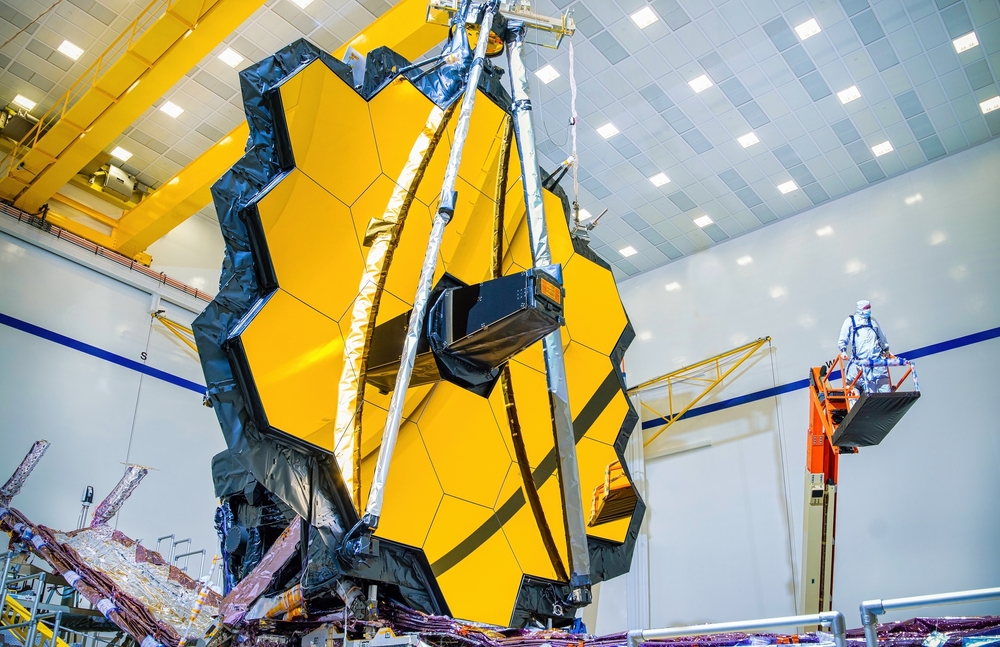
Most large observatories in the Southern Hemisphere are preparing to observe 3I/ATLAS as it climbs in brightness.
Once the bright moon fades around July 18, expect a flood of new images and data. For now, observations have come from smaller telescopes, but the major instruments are gearing up.
It Could Offer Clues to Other Star Systems
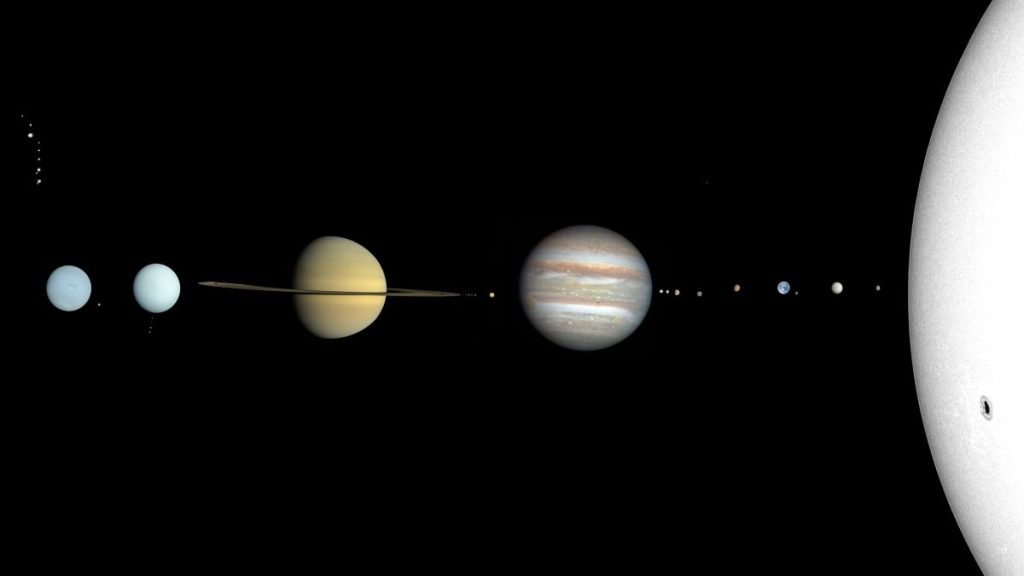
Because it formed around another star, 3I/ATLAS carries chemical signatures from outside our solar system.
Also read
These materials can reveal how other planetary systems form, and possibly even suggest whether the basic ingredients for life are common elsewhere in the galaxy.
We Can’t Catch It — Yet
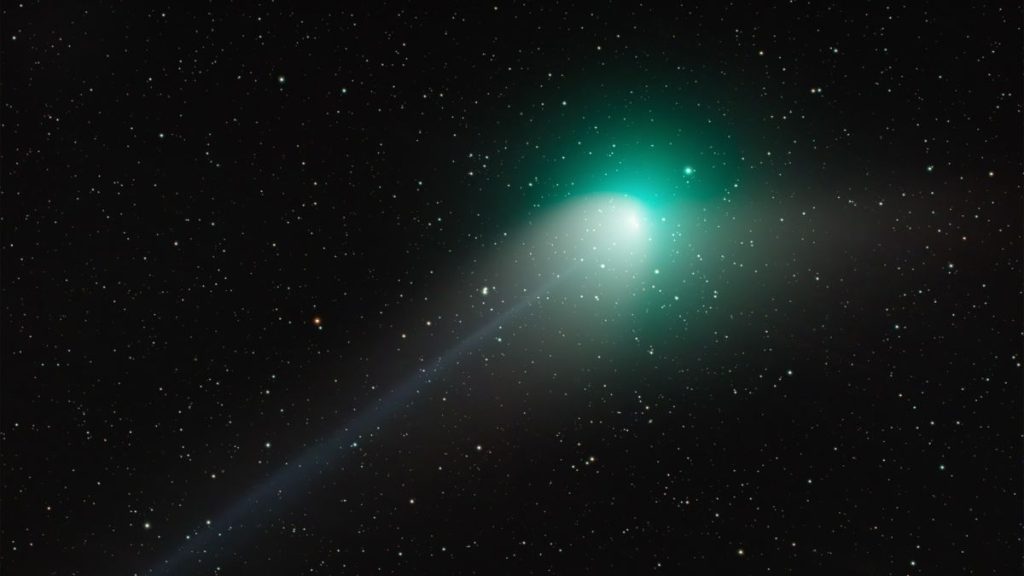
At speeds of around 152,000 mph (245,000 kph), 3I/ATLAS is simply too fast for any spacecraft currently available.
The European Space Agency’s Comet Interceptor, launching in 2029, is designed to chase new comets, but even it might struggle to intercept an interstellar object like this one. For now, we can only watch it fly by.

